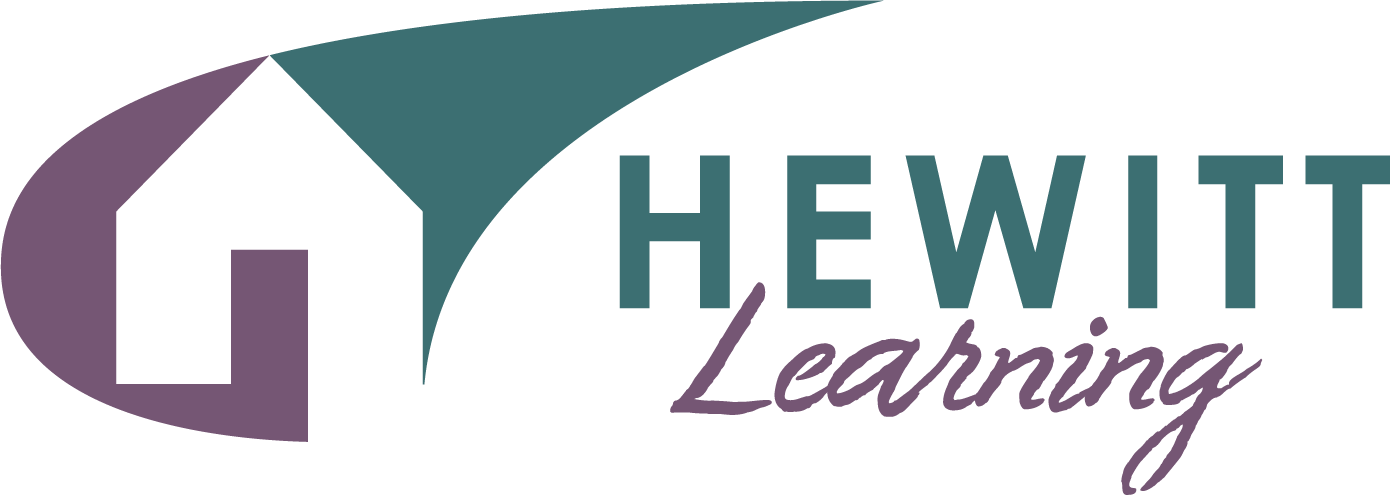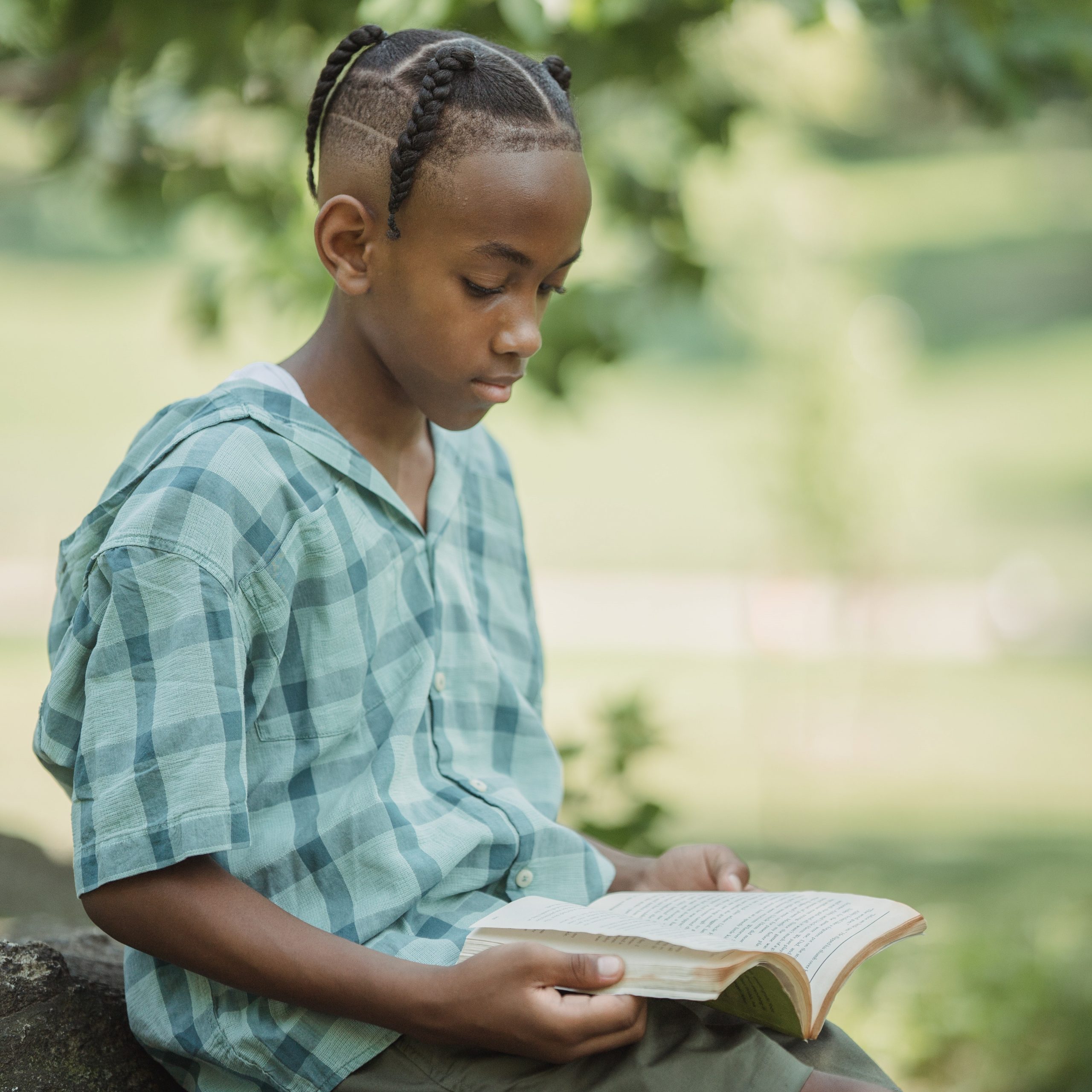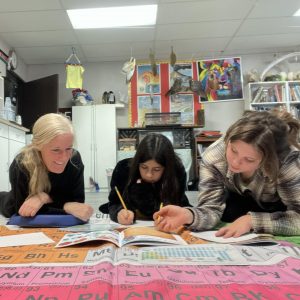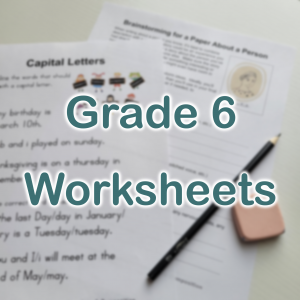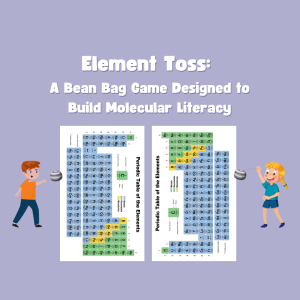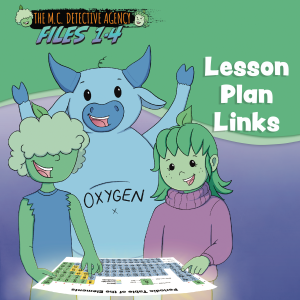The Power of Literature
By: Elizabeth Kamath
Note: this post contains Amazon affiliate links. We may receive payment if you buy something or take an action after clicking one of these. This goes directly toward supporting Hewitt and enabling us to create more free resources.
I have always believed in the power of literature to help us to understand, to empathize, to open our hearts and minds. Literature allows us to see further than our own household, our own neighborhood. It allows us to experience the lives, thoughts, and emotions of people in circumstances very different from ours. Conversely, it’s also important that all children read about characters who they can identify with – who share their culture or religion, for example.
These books focus on groups of people who are often discriminated against in our society. Not all these books are specifically about prejudice or oppression. Some are pleasant stories whose characters happen to be from one of these groups. Others give peeks into various cultures in other ways (such as folk tales). Some touch on history that we must never forget.
I have read every book on this list (and it will grow as I read more). I have roughly divided them by age, but I think even the picture books can be read and appreciated by all ages. Also, I can attest that my ten-year-old has read (or would be allowed to read) every book listed below the Young Adult level. My 15-year-old has read (or would be allowed to read) every book in this list. But, I recognize I am especially liberal in what I allow my children to read. I have included a few warning notes, but if you have any question about the appropriateness of a book for your child, either because you take a stricter approach or because your child is especially sensitive, please preview the book yourself.
If you wish to start a conversation with your children about Black Lives Matter, I suggest these titles (read the full descriptions below):
-
- Bud, Not Buddy, by Christopher Paul Curtis (mid-late elementary school)
- The Mighty Miss Malone, by Christopher Paul Curtis (mid-late elementary school)
- The Watsons Go to Birmingham – 1963, by Christopher Paul Curtis (mid-late elementary school)
- Brown Girl Dreaming, by Jacqueline Woodson (late elementary – high school)
- Roll of Thunder, Hear My Cry, by Mildred Taylor (late elementary – high school)
Note: If you would like to take a closer look at the books, clicking on the title will take you to the book on Amazon.
Longer Chapter Books
Mid elementary – Junior high
- The Boy Who Harnessed the Wind, Young Reader’s Edition, by William Kamkwamba – The true story of William’s work to build a windmill to help his family in Malawi. There are some intense descriptions of poverty and famine, including the death of a pet. But I also want to point out that this book is my ten-year-old’s favorite from this list.
- Bud, Not Buddy, by Christopher Paul Curtis – Set during the Depression, Bud (aged 10) goes in search of his father. This is a Newbery winner.
- The Dreamer, by Pam Muñoz Ryan – A fictionalized, sometimes poetic telling of Chilean poet Pablo Neruda’s childhood. The illustrations by Peter Sís perfectly fit the poetic subject. This book contains a depiction of an unhappy relationship between Neruda and his father.
- The Mighty Miss Malone, by Christopher Paul Curtis – This story follows the lives of a family in Gary, Indiana during the Great Depression. The story is narrated by their daughter, the delightful 10-year-old Deza. (In fact, Dez and Bud (from Bud, Not Buddy) briefly appear in each other’s stories.)
- Number the Stars, by Lois Lowry – Set during World War II, this work of fiction tells the factual story of Denmark’s miraculous feat of smuggling nearly their entire Jewish population (about 7,000 people) across the sea to Sweden to escape the Nazis.
- A Single Shard, by Linda Sue Park – Set in 12th century Korea, this is the story of a 13-year-old orphan who becomes dedicated to pottery and to a master-potter. Another Newbery winner.
- The Watsons Go to Birmingham – 1963, by Christopher Paul Curtis – In Curtis’s first book, the “Weird Watson” family travels from Flint, Michigan to Birmingham, Alabama. Although this book is set during the civil rights movement (specifically the Birmingham church bombing), its focus is on the family. As in The Mighty Miss Malone, Curtis emphasizes how a family’s love helps them through many struggles.
- Where the Mountain Meets the Moon, by Grace Lin – A girl goes on a quest to save her family and her village from crushing poverty. Contains many tales within the main tale as well as beautiful illustrations. Inspired by Chinese folk tales.
Late Elementary – Early High School
- Brown Girl Dreaming, by Jacqueline Woodson – A memoir beautifully told in free verse poetry, Woodson talks about her life growing up first in the South, then in New York City, as a black girl during the 60s and 70s. Although I put it here, this is a book that can be especially enjoyed by older readers (including adults) as well.
- I Am Malala, Young Readers Edition, by Malala Yousafzai – The true story of Malala who stood up to the Taliban when they said girls and women shouldn’t be educated. Contains some violence (she was shot at close range), but nothing too graphic. (As with The Boy Who Harnessed the Wind, I have only read the Young Readers Edition, so I can’t comment on the standard editions.)
Lizzie Bright and the Buckminster Boy, by Gary Schmidt – Historical fiction about Malaga Island off the coast of Maine, where an entire interracial community, who had lived there for decades, were forced off the island by the Maine government to turn it into a tourist attraction.
- A Long Walk to Water, by Linda Sue Park – This is a fictionalized (but apparently highly accurate) account of the “lost boys” of the Sudan and the struggles for clean water in this region. Contains some scenes of violence.
- Roll of Thunder, Hear My Cry, by Mildred Taylor – A classic Newbery winner. Set in Mississippi during the Depression, this is the story of a black family’s struggles to survive in a deeply racist environment. Contains some scenes of violence.
- Stories for Children, by Isaac Bashevis Singer – A collection of stories. Some are factual from Singer’s own life; others are fanciful, based on Jewish folklore or from Singer’s imagination.
- The View From Saturday, by E. L. Konigsburg – A paraplegic sixth-grade teacher creates a team from her class for the academic bowl. The four students have problems of their own, but their friendship helps them to help each other.
- The Wednesday Wars, by Gary Schmidt – Set during a tumultuous period in our history, this book has a lot of laughs. But Holling, the (white) main character, also sees the ugly reality of bigotry against a Vietnamese refugee in his class.
- Yellow Star, by Jennifer Roy – Another memoir told as free verse poetry. In this case, the author tells the story of her aunt who was one of a few children who survived in the Lodz Ghetto during WWII. Contains some scenes of violence.
- Dictionary For a Better World, by Irene Latham & Charles Waters – I love this book. Each letter of the alphabet has one to three words relating to making the world a better place (A is for Acceptance but also for Ally; C is for Compassion, Courage, and Create; K is for Kindness). Each word includes a poem, and many types of poems (pantoum, cinquain, roundel, etc.) are represented. Each word also includes a quote from a famous person, a paragraph of personal reflection from one of the two authors, and a suggestion to the reader to put that word to work in their life. As if that weren’t enough, the bright, colorful illustrations by Mehrdokht Amini are delightful
- To Be a Slave, by Julius Lester – More of a history book than literature, this primary source is a necessary addition to any US history course I’ve seen, as they all play down the extent and seriousness of slavery. This book recounts the experience of slavery and its immediate aftermath (emancipation and the share cropper system) using the words of formerly enslaved people. As this is written for children, details of sexual assault aren’t given, but it is made clear that there were some slaves whose owners were their fathers. Also, racial epithets (one in particular) are used throughout, as slaves report how they were spoken to. This is a book that should be read and discussed.
